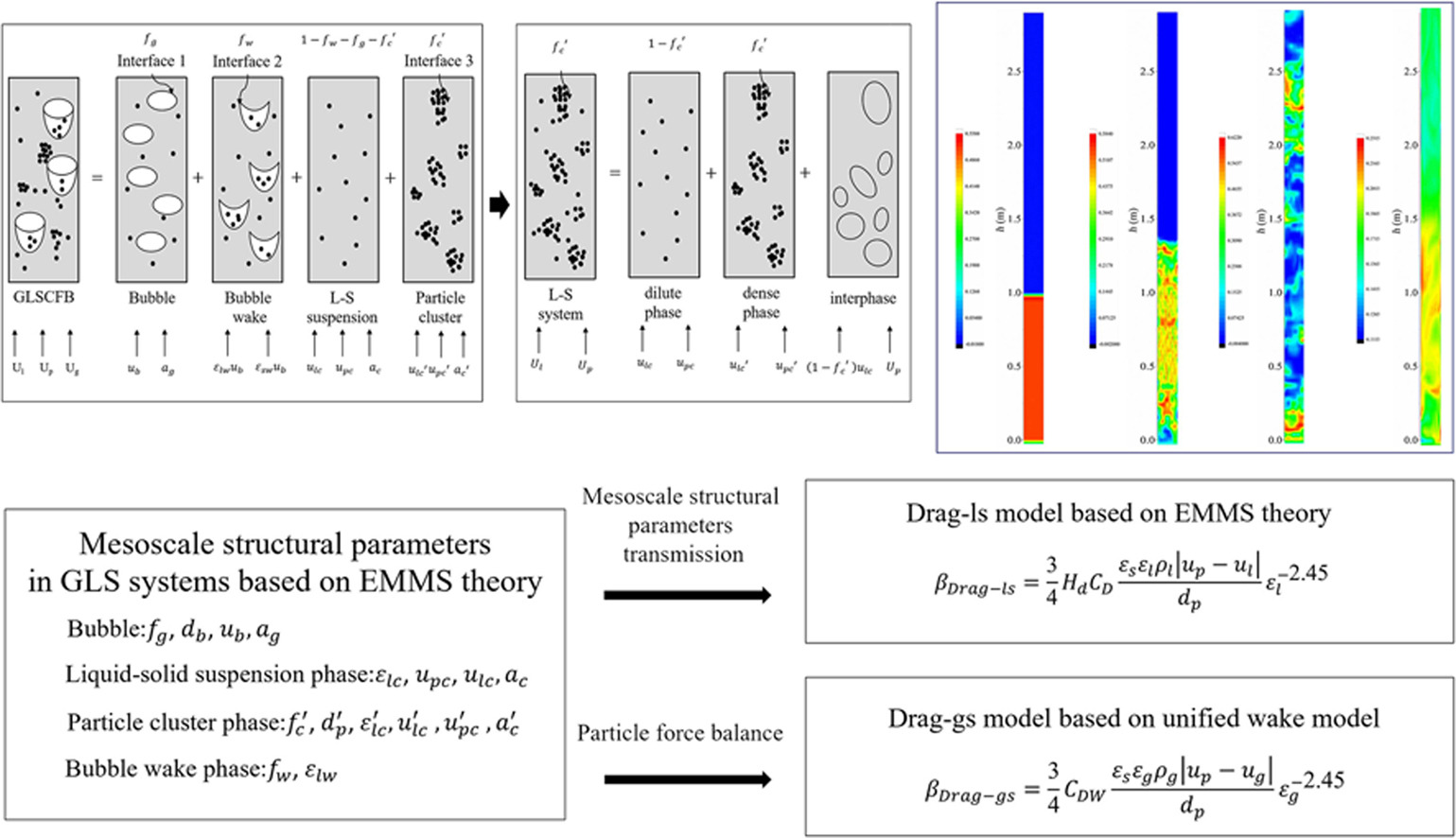- Volumes 96-107 (2025)
-
Volumes 84-95 (2024)
-
Volume 95
Pages 1-392 (December 2024)
-
Volume 94
Pages 1-400 (November 2024)
-
Volume 93
Pages 1-376 (October 2024)
-
Volume 92
Pages 1-316 (September 2024)
-
Volume 91
Pages 1-378 (August 2024)
-
Volume 90
Pages 1-580 (July 2024)
-
Volume 89
Pages 1-278 (June 2024)
-
Volume 88
Pages 1-350 (May 2024)
-
Volume 87
Pages 1-338 (April 2024)
-
Volume 86
Pages 1-312 (March 2024)
-
Volume 85
Pages 1-334 (February 2024)
-
Volume 84
Pages 1-308 (January 2024)
-
Volume 95
-
Volumes 72-83 (2023)
-
Volume 83
Pages 1-258 (December 2023)
-
Volume 82
Pages 1-204 (November 2023)
-
Volume 81
Pages 1-188 (October 2023)
-
Volume 80
Pages 1-202 (September 2023)
-
Volume 79
Pages 1-172 (August 2023)
-
Volume 78
Pages 1-146 (July 2023)
-
Volume 77
Pages 1-152 (June 2023)
-
Volume 76
Pages 1-176 (May 2023)
-
Volume 75
Pages 1-228 (April 2023)
-
Volume 74
Pages 1-200 (March 2023)
-
Volume 73
Pages 1-138 (February 2023)
-
Volume 72
Pages 1-144 (January 2023)
-
Volume 83
-
Volumes 60-71 (2022)
-
Volume 71
Pages 1-108 (December 2022)
-
Volume 70
Pages 1-106 (November 2022)
-
Volume 69
Pages 1-122 (October 2022)
-
Volume 68
Pages 1-124 (September 2022)
-
Volume 67
Pages 1-102 (August 2022)
-
Volume 66
Pages 1-112 (July 2022)
-
Volume 65
Pages 1-138 (June 2022)
-
Volume 64
Pages 1-186 (May 2022)
-
Volume 63
Pages 1-124 (April 2022)
-
Volume 62
Pages 1-104 (March 2022)
-
Volume 61
Pages 1-120 (February 2022)
-
Volume 60
Pages 1-124 (January 2022)
-
Volume 71
- Volumes 54-59 (2021)
- Volumes 48-53 (2020)
- Volumes 42-47 (2019)
- Volumes 36-41 (2018)
- Volumes 30-35 (2017)
- Volumes 24-29 (2016)
- Volumes 18-23 (2015)
- Volumes 12-17 (2014)
- Volume 11 (2013)
- Volume 10 (2012)
- Volume 9 (2011)
- Volume 8 (2010)
- Volume 7 (2009)
- Volume 6 (2008)
- Volume 5 (2007)
- Volume 4 (2006)
- Volume 3 (2005)
- Volume 2 (2004)
- Volume 1 (2003)
• Liquid-solid drag coefficient in GLSCFB is higher than that in LSCFB.
• Unified wake model has been modified by mesoscale parameters based on EMMS theory.
• Phase holdup is more accurately simulated by combining EMMS theory and CFD method.
Gas-liquid-solid circulating fluidized bed (GLSCFB) is an important type of chemical reactor. The complex mesoscale flow structure of GLSCFB was described through the mesoscale flow structure parameters based on the energy-minimization multi-scale (EMMS) model. The liquid-solid drag force model (Drag-ls model) was proposed and it was found that the drag coefficient between liquid and solid in three-phase systems increased compared to liquid-solid two-phase systems because of the influence of gas phase. The gas-solid drag force model (Drag-gs model) was proposed based on a modified unified wake model. Furthermore, the combination of EMMS model and computational fluid dynamics (CFD) in GLSCFB was implemented, and the dynamic evolution process of particle clusters and distributions of gas holdup and solid holdup in GLSCFB were simulated more accurately by the models. The simulation results indicate that the drag forces exerted on the solid phase by both the liquid and gas phases are coupled and mutually influence each other. The simulated values of solid holdup may deviate from the experimental values if the interactions between the gas-solid and liquid-solid phases are corrected independently. When the average solid holdup of the bed is low, the mesoscale phenomena such as particle aggregation are not obvious. As the solid holdup increases, there is a significant phenomenon of particle aggregation in the bed. The particles undergo a spatiotemporal evolution process of forming elongated clusters with high solid holdup, spherical clusters with high solid holdup, and clusters with low solid holdup which has large surface areas.

